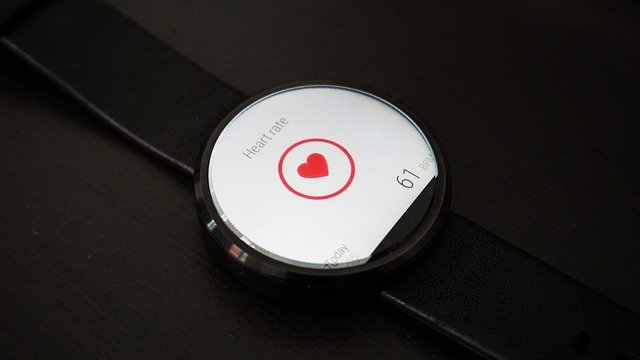
Heart disease is a leading cause of death in the world. In 2015, about 17.9 million of people die because of it.
Heart disease includes many conditions in which the heart cannot function properly. Common heart dysfunctions are heart failure, heart attack, coronary heart disease, and bad heart rhythms.
Heart disease has many risk factors, such as high blood pressure, high blood cholesterol levels, smoking, drug abuse, too much stress and having diabetes.
Every person should know how much heart disease risk s/he has. So how to measure heart disease risk?
The American Heart Association recommends 5 key tests to monitor your heart health.
Blood pressure
According to recent studies, high blood pressure is one of the biggest risk factors of heart disease and stroke
High blood pressure has no symptoms, so you need to measure your blood pressure regularly. Researchers suggest that at age 65, women have a higher risk of high blood pressure than men.
In addition, black men of all ages have a higher risk of heart disease.
For people whose blood pressure is in the normal range – below 120/80 mm Hg, once every two years from age 20 is a good frequency to monitor blood pressure.
For people who have high blood pressure, lifestyle interventions, like low-salt diets and regular exercise, and anti-hypertension medications can help to control the disease.
Body weight
It is known that obesity is a big risk factor for type 2 diabetes, and diabetes is a risk factor for heart disease.
Therefore, keeping a healthy body weight is very important for the heart health. Traditionally, body mass index, or BMI, is used to decide if one person is overweight or not.
But recent research shows that waist circumference may be a better index for obesity risk and belly fat is more dangerous than overall body fat to your health.
Blood glucose
Blood glucose is index to check if one has diabetes. But it is also important for measuring heart disease risk.
Researchers suggest that starting at age 45, one should check his/her blood glucose levels every 3 years. High blood glucose can lead to type 2 diabetes and harm the heart.
Fasting lipoprotein profile
This means the levels of your HDL (good) cholesterol, LDL (bad) cholesterol, total cholesterol and triglycerides. Unhealthy fasting lipoprotein profile linked to higher heart disease risk.
One should check these levels every 4-6 years from age 20. Older women tend to have higher triglyceride levels than men.
Lifestyle changes and medication can improve the fasting lipoprotein profile.
Diet, exercise and smoking
A healthy lifestyle can keep the heart working well. To achieve that, you should quit smoking, take regular exercise, and have a healthy diet.
Copyright © 2018 Knowridge Science Report. All rights reserved.



